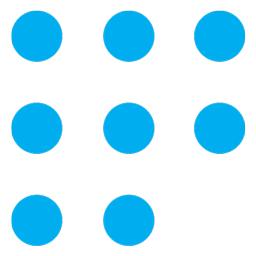Instructions
- Information
- There are 40 questions on this question paper.
- Each question carries one mark.
- Dedicate no more than 20 minutes to each section
- The answers are to be written in lowercase
- The test duration is 60 minutes
- Complete answering questions from all 3 Sections before clicking on the Submit button
- Supported Devices
- are fully supported.
- Mobiles are partially supported (landscape mode only), for best exam taking experience please consider using a PC or a laptop.


